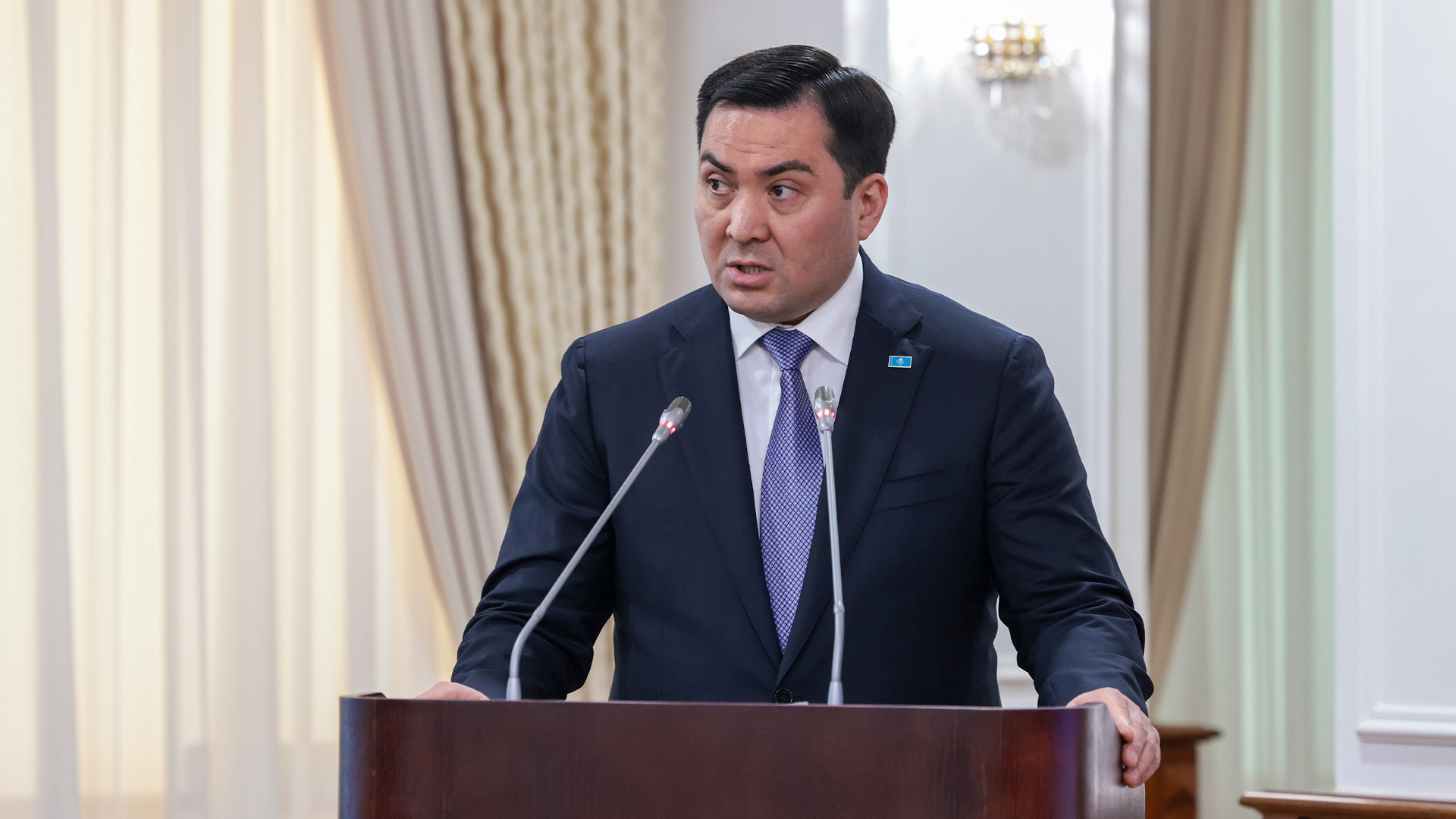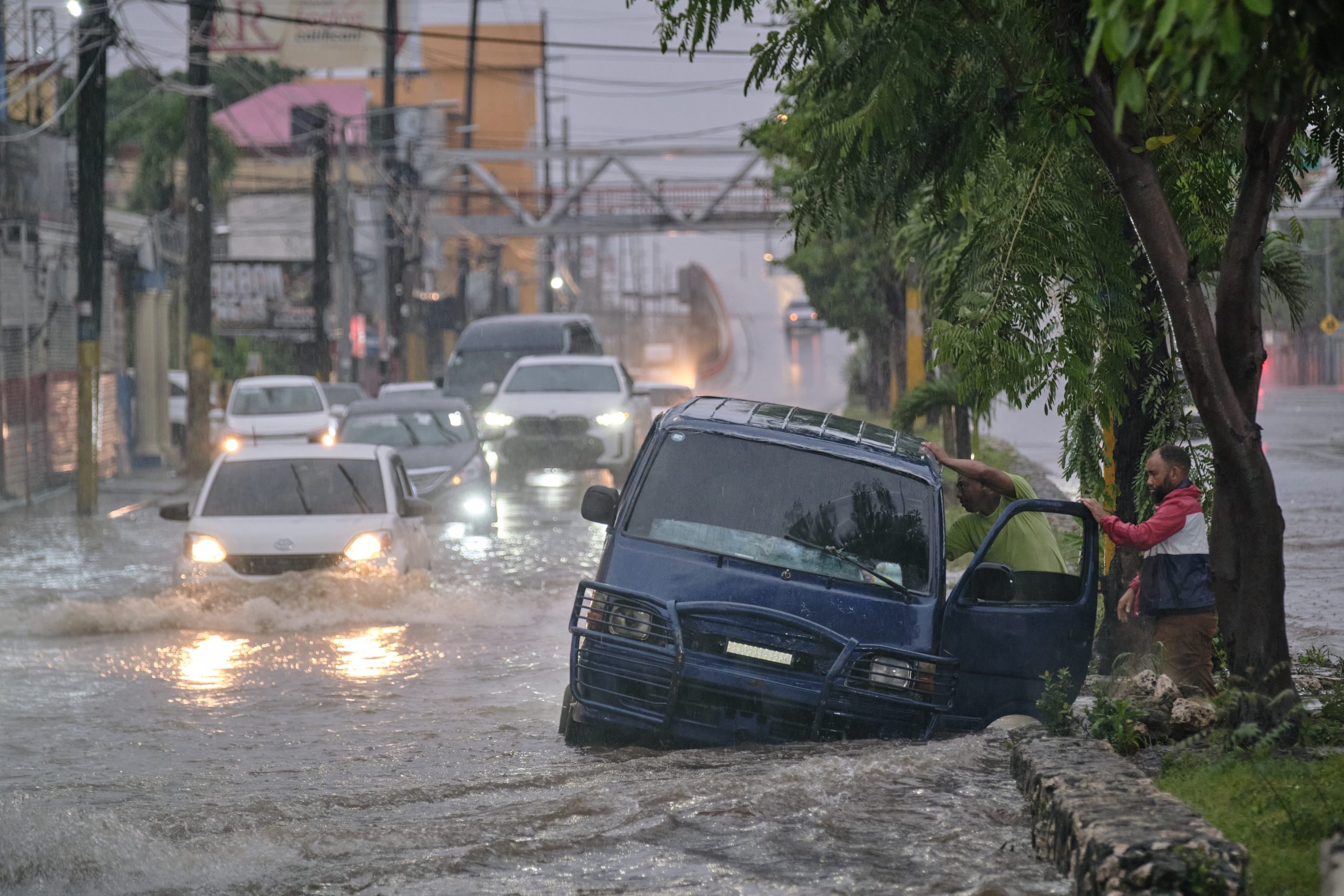Copyright astanatimes

ASTANA — Kazakhstan has become an indispensable part of Europe’s energy security, said Kazakh Minister of Energy Yerlan Akkenzhenov in an interview with The Astana Times, marking a decade of transformation from commercial ties to a strategic alliance built on trust and shared priorities. In December 2015, Kazakhstan and the European Union (EU) signed the Enhanced Partnership and Cooperation Agreement (EPCA), setting the framework for a new stage in bilateral relations. “Ten years is a significant milestone. For the energy sector, the agreement became the foundation on which we built systematic, multi-level cooperation. If earlier we spoke mainly about trade, today our dialogue covers the entire energy triad: supply security, the green transition, and technological development,” said Akkenzhenov. The EU remains Kazakhstan’s largest trade and investment partner, with nearly 80% of Kazakh oil exports going to European markets. Akkenzhenov noted that Kazakhstan’s commitment to carbon neutrality by 2060 aligns with Europe’s pragmatic approach to balancing renewable energy growth with system reliability. Reliable supplier amid global turbulence “The role of Kazakhstan has significantly strengthened. We have established ourselves as a reliable and predictable supplier that fulfills its obligations. In conditions of turbulence on world markets, predictability becomes the most valuable asset,” said Akkenzhenov. He added that constructive engagement with European institutions helped secure amendments to EU regulations, ensuring uninterrupted transit of Kazakh oil through routes such as the Caspian Pipeline Consortium (CPC) and the Druzhba pipeline despite the complexities posed by sanctions. From hydrocarbons to green technologies Akkenzhenov emphasized that the partnership is shifting toward clean energy. “Our main joint trend is the transition from hydrocarbon cooperation to an alliance in green technologies. We are working on three priority areas fixed in our strategic memorandum,” he said. The first is renewable energy, where companies such as France’s TotalEnergies are developing gigawatt-scale wind farms with advanced storage systems. The second is green hydrogen with Germany’s Svevind project in the Mangystau Region, which aims to produce up to two million tons annually. The third is critical raw materials, where Kazakhstan is offering joint processing ventures in rare earths to support Europe’s supply chain diversification. “For Kazakhstan, this is a chance to diversify the economy, attract new technologies, and enter the European market as a supplier of clean energy and its components. In other words, beyond traditional oil and gas, our cooperation is increasingly focused on renewables, low-carbon energy, and climate-neutral solutions,” said Akkenzhenov. Financing the energy transition According to Akkenzhenov, European financial institutions are playing a central role in accelerating Kazakhstan’s energy transformation. “For example, the European Bank for Reconstruction and Development (EBRD) is one of the largest investors in renewables in Kazakhstan. Just in the last year, the EBRD invested more than 600 million euro [US$699.7 million], most of which went to clean energy,” he said. The European Investment Bank (EIB), described as the EU’s “climate bank,” has also expanded its engagement. In March 2025, it extended a 200 million euro (US$233.2 million) loan through the Development Bank of Kazakhstan to support renewable energy and transport infrastructure. “At the recent Global Gateway forum, we signed memorandums that open the way for the EIB to participate in financing major hydropower projects and the modernization of our power grids,” added Akkenzhenov. Energy and the Middle Corridor The Trans-Caspian International Transport Route (TITR), also known as the Middle Corridor, is becoming central to Kazakhstan’s energy strategy. Akkenzhenov described energy as the “heart” of this corridor. “TITR is a route for oil tankers, future lines for transmitting green electricity, and logistics for transporting hydrogen. Our energy partnership with Europe directly supports Kazakhstan’s transformation into a key transit and logistics hub of Eurasia,” he said. Since 2023, part of Kazakhstan’s oil flows have been redirected through alternative routes. Shipments of Kazakh oil have been carried from the port of Aktau to the Mediterranean via the Baku-Tbilisi-Ceyhan (BTC) pipeline – 1.06 million tons in 2023, rising to 1.42 million tons in 2024. In spring 2024, KazMunayGas and Azerbaijan’s SOCAR agreed to gradually expand transit, and from January this year, shipments of Kashagan oil began through this system. Negotiations are now underway to increase deliveries to 2.2 million tons. At the same time, Kazakhstan and its partners are working on a new large-scale project to construct a trans-Caspian pipeline along the seabed. The EU views the project as part of a broader strategy, with the Global Gateway infrastructure initiative directly linked to energy security. “Simply put, energy cooperation and the TITR go hand in hand. By creating new infrastructure and routes, together with our European partners we are building a solid bridge between Central Asian energy resources and consumers in Europe, which serves the interests of both sides,” said Akkenzhenov. Dialogue and future outlook The EPCA established a clear architecture of cooperation, including annual Kazakhstan-EU Cooperation Council meetings, sectoral subcommittees, and a Parliamentary Cooperation Committee. Energy is also regularly discussed within the Central Asia – EU dialogue, with the latest session held in March in Brussels. Beyond high-level meetings, Kazakhstan’s Ministry of Energy maintains permanent contacts with the European Commission and EU institutions through videoconferences, consultations, and data sharing. Joint working groups address renewables, hydrogen development, and regulatory frameworks. Technical and legal issues concerning the Druzhba oil pipeline are being coordinated to ensure stable transit, while discussions are underway to shift parts of the infrastructure to natural gas. “In fact, we have all the necessary tools for operational alignment from annual official meetings to monthly, and if needed weekly, consultations at the expert level. Such an intensive dialogue allows us to promptly resolve emerging issues and, most importantly, maintain a high pace in implementing joint energy projects,” said Akkenzhenov. When asked about the next decade of cooperation, he said the focus will shift toward technological partnership. “If the first decade was about building the foundation, the second will be about building a common technological future. Our goal is to transform Kazakhstan from a reliable energy supplier into a full-fledged technological partner for the EU,” he said. Priorities include joint green hydrogen production, localization of battery manufacturing, deep processing of critical raw materials, and the establishment of engineering centers with training programs for new specialists. “I am confident that in 10 years our energy partnership will be even more diversified, high-tech, and mutually beneficial,” said Akkenzhenov.



